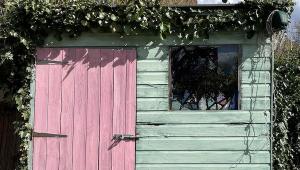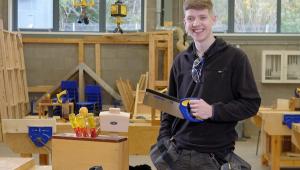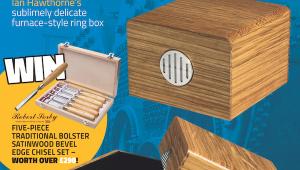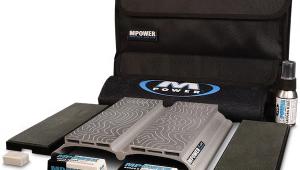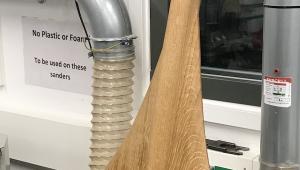Why Panelling has made a comeback
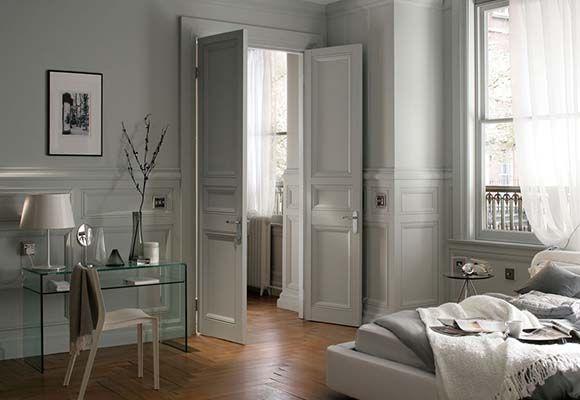
From grand country houses to chic city apartments, wall panelling adds charm and character to a variety of interiors. No longer the reserve of traditional libraries or stately homes, wall panelling is having a resurgence. Nowadays, the look is less about distinguished grandeur and more about using period authenticity to add warmth, personality and texture to a room.
Panelling can make a large space more intimate and cosy or make a small room feel spacious. Thanks to its versatility, it has a transformative effect on any space by creating an illusion of depth, height and character. Unlike paint and wallpaper that can fade, peel or easily mark, panelling has a more lasting impact and can be customised to work with any decor or colour scheme.
Dark floor-to-ceiling wood panelling can be used to create a cosy atmosphere; perhaps a snug, a reading nook or even a cinema room. Lighter wood panelling can be used to open up a space, especially if it’s reserved to the lower half of the wall. Perfect for rooms with plenty of light, the part-panelled, part-painted effect creates an airy atmosphere and a striking texture-colour combination. To achieve a fresh, modern style, opt for painted panelling, clean lines, minimal decorative moulding and light colours.
From a practicality perspective, wall panelling is also an ideal way to provide added insulation, cover uneven walls and conceal unsightly marks or damages. It’s a way of adding architectural shape to a featureless room without having to resort to heavy-duty renovations.
Due to the rise in demand for affordable panelling and feature walls, manufacturing methods have changed, along with the price point. Gone are the days when the only option was to rely on a skilled joiner. Nowadays, with competent DIY skills and tools, it is simple to quickly and effectively install panelling by yourself.
Richard Burbidge offers an extensive variety of high-quality mouldings that can transform the look and feel of any room. Easy to install with hundreds of different design options, here’s how to fit your own panelling.

Step 1. Planning and measuring
• Firstly, you will need to measure the walls every length and width, making a note of any fittings you will need to avoid. Draw your design with the measurements on some paper, making sure to plan an equal gap horizontally and vertically.
• Transfer your measurements and plan to the wall, using a pencil, tape measure and laser level mark where each panel piece will be, while bearing in mind the width of the panel. We also recommend removing skirting and architrave on the feature wall to achieve a professional finish.
Step 2. Choose your Richard Burbidge moulding
• Richard Burbidge mouldings are of the highest quality and can totally transform the look and character of a whole room.
Step 3: Cut the panels to length
• The next step is to cut your panels to length. Using a saw and mitre box at a 90-degree angle, carefully cut the panels that will be horizontally placed according to the measurements.
• Repeat this process for all of the horizontal panels, then lightly sand the ends until smooth.
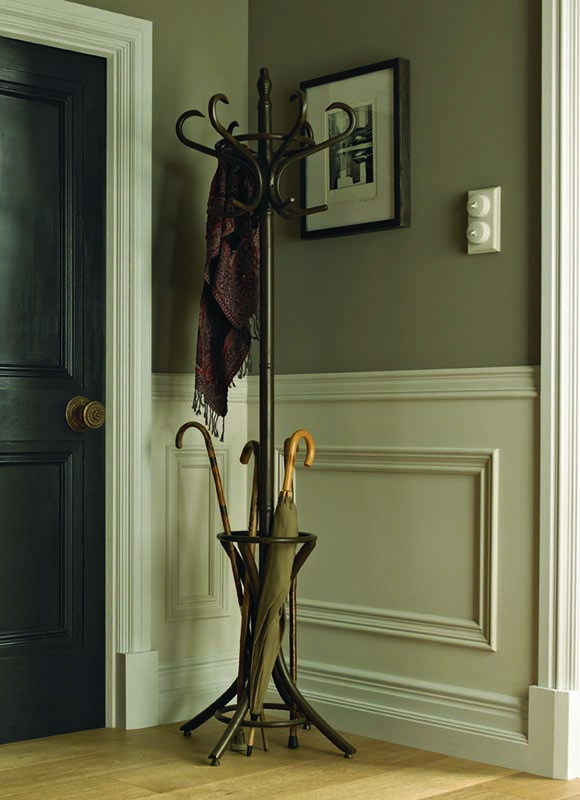
Step 4: Apply the panels to the wall
• When applying the panels to the wall, start with the vertical panels. To apply the panels to the wall, we recommend nails and adhesive for extra security and hold.
• Place your panel onto the marked wall, use a laser level to ensure the panel is straight, then apply strong hold adhesive to the back and apply to the wall. Repeat this process for all panels.
• Ensure you use a pipe and cable detector before nailing or drilling into any walls. If you are unsure it is safe to nail into your wall, opt for a strong adhesive instead.
• Once you have applied the panels, use decorators caulk. To patch any gaps, cracks or holes, then sand prior to finishing.
Step 5: Add your own creative flair
• The project can be customised to work with any décor and colour scheme.
• There are many different ways you add your own creative flair to this project. You can choose to paint the whole wall one colour, or you can use a few different paint colours, you can paint dots, stripes or squares, or even draw your own unique design to really make this wall the focal point of your home.
No matter what aesthetic you’d like to achieve, the most important part of any wall panelling is the quality of its materials. As a leading UK supplier of mouldings, with over 150 years worth of experience in manufacturing timber products, Richard Burbidge mouldings are a sure-fire way to add the perfect finishing touch to your interior design.
For more information, clcik here.
- Log in or register to post comments


